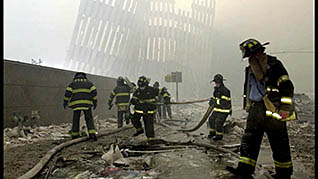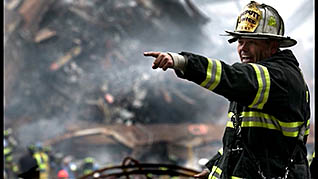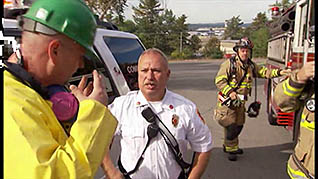HAZMAT Legends: Planning the Response
- Product ID
- efgrhlpr_vod
- Training Time ?
- 30 to 40 minutes
- Language(s)
- English
- Video Format
- Standard Definition Wide
- Required Plugins
- None
- Number of Lessons
- 11
- Quiz Questions
- 10
- Question Feedback
- Wrong Answer Remediation
- Lesson Bookmarking
- Downloadable Resources



This course is an exploration of effectively planning the response to a hazmat emergency situation. As each situation is different, one approach does work for all situations.
This course begins by discussing the importance of risk-based response and systematically analyzing the problem, gathering information, assessing the hazards and any potential consequences and the outcome of the response. It then talks about the role of the incident commander, identifying a course of action based on what is at the disposal of the team immediately after the emergency happens, rescue and recovery, the importance of protecting the public, differentiating between contamination and exposure, and the procedure for decontamination.
A hazmat situation can be an extremely frightening circumstance, but with the proper knowledge and training serious injury and death can be prevented. Use this course among your employees in order to foster a mutual understanding of planning a response to a hazmat situation.
![]() This course is in the Video On Demand format, to read about Video On Demand features click here.
This course is in the Video On Demand format, to read about Video On Demand features click here.

- Full-screen video presentation
- Print certificate and wallet card
- You have 30 days to complete the course
All first responders or anyone else in charge of helping with hazmat emergencies
- Introduction
- The Incident Commander's Role
- Identify Action Options
- Determine Appropriate Action Based on Facts, Science and Circumstances
- Develop an Incident Action Plan, Including a Site Safety and Control Plan
- Conduct Rescue and Recovery Operations
- Coordinate Public Protective Actions
- Select Appropriate Personal Protective Equipment
- Identify the Differences Between Exposure and Contamination
- Select a Decontamination Procedure
- Conclusion
© Mastery Technologies, Inc.


